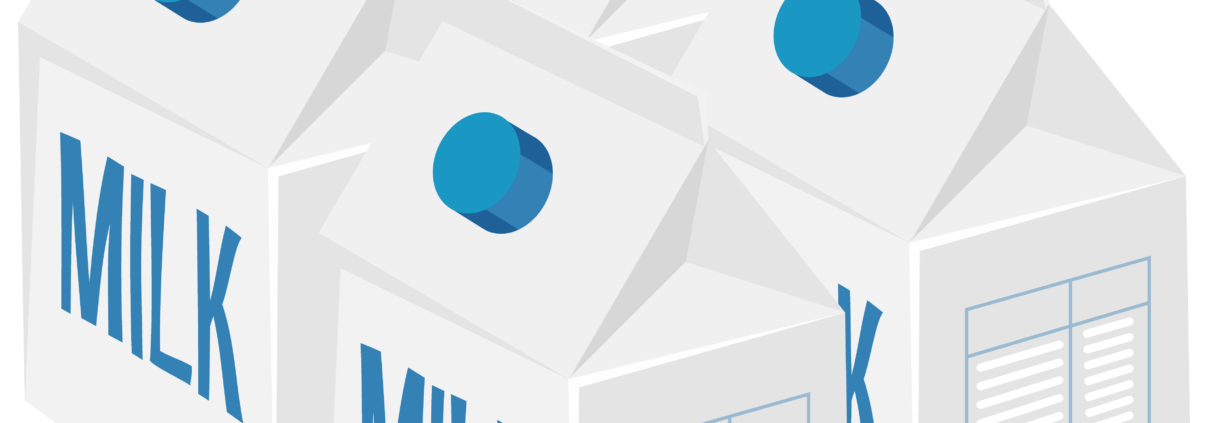Milk Pockets vs Traditional Milk Packs – What’s the Difference?
In the world of dairy packaging, innovation is key to improving convenience, shelf life, and environmental impact. One of the latest shifts in the dairy industry is the move from traditional milk packs to the more modern and efficient milk pockets. While both serve the same basic function—delivering fresh milk to consumers—they differ in design, material, sustainability, and ease of use. Understanding these differences helps both consumers and producers make more informed decisions about the milk they buy or package.
Understanding Traditional Milk Packs
Traditional milk packs have long been the go-to packaging solution in many parts of the world. They usually consist of thin plastic bags filled with milk, often sealed by heat. These packs are lightweight and cost-effective but not without limitations. Handling can be tricky; once opened, storing them without spillage requires transferring the milk to another container. They also rely heavily on single-use plastic, raising concerns about long-term environmental sustainability.
What Are Milk Pockets?
Milk pockets are a more recent innovation in dairy packaging. Unlike traditional packs, these are typically designed with better sealing technology, often featuring multi-layered, tamper-proof packaging that ensures freshness while being more resilient to leaks or punctures. Their structured form makes them easier to store, pour from, and reseal, offering convenience for modern households.
Milk pockets are not just about appearance—they are engineered to perform better under varying storage conditions. Many are made using advanced food-grade materials that extend shelf life and reduce bacterial contamination risks. These benefits make them a preferred choice for urban consumers who prioritize hygiene and usability.
Packaging and Material Differences
The biggest distinction between milk pockets and conventional packs lies in the packaging material. While both may use plastic as a base, milk pockets often incorporate multi-layered films that offer better barrier properties against oxygen and light. These materials help preserve taste and nutritional value for longer periods.
Milk pouches used in older systems, on the other hand, generally rely on low-density polyethylene. This material, while cheap, is more prone to tearing and less effective at preserving the freshness of the milk over time.
Sustainability and Environmental Impact
Environmental sustainability is becoming a top concern in packaging decisions. Traditional pouches of milk are often seen as contributors to plastic waste, especially when recycling infrastructure is lacking. Many of these single-layer pouches cannot be recycled efficiently, which adds to landfill problems.
Milk pockets, though still plastic-based in most cases, are increasingly being designed with recyclability in mind. Some are made from biodegradable or compostable materials that help reduce their environmental impact. Additionally, due to their stronger structure, there’s less wastage from leakage or spoilage, making them more efficient overall.
Convenience and User Experience
From a user perspective, milk pockets are far superior in terms of ease of use. Their design allows for a better grip, controlled pouring, and often resealing capabilities, making them ideal for everyday use in the home. You don’t need to worry about messy transfers or improper storage.
Traditional milk packaging pouch styles, on the other hand, often require an extra container for storage once opened, leading to more cleaning and handling steps. For busy consumers, this can be a deterrent.
Cost Considerations
Cost remains an important factor, especially for dairy producers operating at scale. Traditional milk pouches are cheaper to produce and have been the standard for decades due to their low manufacturing cost. Milk pockets, with their advanced materials and features, come at a slightly higher cost. However, many consumers are willing to pay a premium for convenience, safety, and sustainability.
For producers, the decision may hinge on balancing cost with brand positioning and customer preferences. In regions where environmental concerns and hygiene expectations are high, investing in newer packaging formats can provide a competitive edge.
Branding and Market Perception
Another benefit of milk pockets is their suitability for modern branding. Their flat, structured surfaces provide more space for attractive labeling, QR codes, and brand messaging. This can enhance customer trust and improve marketability on store shelves.
Milk packaging pouches in the traditional sense often lack this flexibility, limiting the ability to create a strong visual identity. In today’s competitive market, where consumers judge a product in seconds, packaging can make or break a sale.
Final Thoughts
Both milk pockets and traditional milk packs serve the basic need of milk distribution, but they differ greatly in terms of convenience, sustainability, and user experience. While traditional packs have been reliable and cost-effective, the shift toward more advanced milk packaging pouch formats reflects changing consumer needs and environmental responsibilities.
For brands looking to upgrade their image and offer better value, milk pockets represent the future. They align with modern expectations around hygiene, sustainability, and convenience, making them more than just a packaging trend—they’re a smart, forward-thinking solution for the dairy industry.


Leave a Reply
Want to join the discussion?Feel free to contribute!